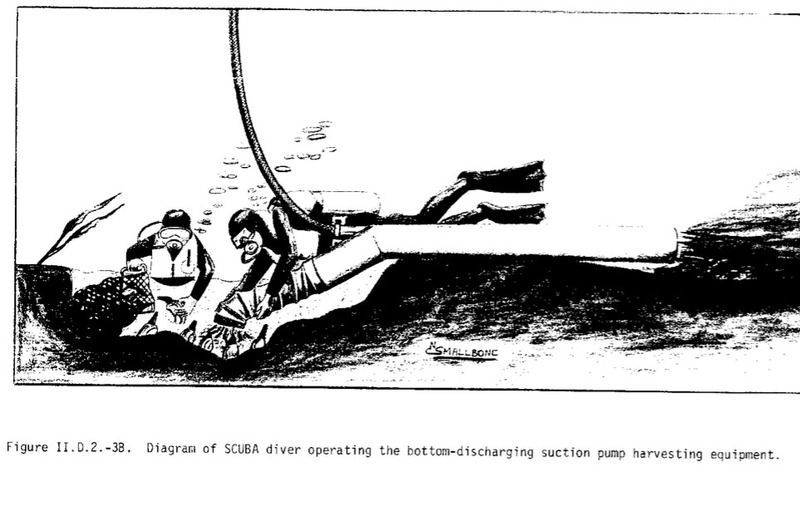...If you have a low on air ascent and can sip the expanding air from the tank, this is a HUGE crutch and will make the ascent much, much easier, but I don't think we can assume that there will always be a functioning regulator in all situations.
Practicing a true emergency swimming ascent is so DANGEROUS that it is not allowed to be taught (anymore), but people are being told that it is not hard and you wont pass out etc.. If I truly believed that "line" I would not be carrying a pony bottle on a lot of dives.
Why is a diver going to be able to calmly exhale one single breath of air on an ascent (in a CESA), but when he makes the same ascent on a pony bottle he will be on the verge of panic and will be breathing 50 times to cover the same distance?...
dumpsterDiver,
You bring up a great point, and one that is interesting to me. Today, as a result, I went to my local pool,
Summerset West, which is a 25 yard outdoor pool (they are staying open late as our indoor pool is being re-fitted with a new roof and interior). My first length was an underwater swim using my mask, fins and snorkel. For fins, I used my Force Fins, which are somewhat less efficient than some other power fins. I took half a lung-full, submerged and swam the length underwater. Yes, I was getting the "running out of air" signal at the end of the swim, but I was able to make the 75 feet to the end of the pool. I did that once more in my swim today, using a full lung-full of air, and had no problem at all making it one length underwater. Now, think of swimming that length with three lungs-full of air.
Now, there are a few things that would inhibit my ability to swim that length. If I was in full scuba, and wore a scuba unit that was very bulky, and/or was in a dry suit, there may have been more problems.
I have a few advantages over others. My lungs can hold 6 liters of air (and actually perhaps a bit more). This was confirmed multiple times when I took a respirator medical exam for work. I also have been diving almost forever (since 1959, which is what, 57 years now). But I have a few disadvantages too, one being 71 years old next month.
I note in the quote above that you neglected to put the word, "controlled" in front of "emergency swimming ascent." That is a critical word. What we mean by "controlled" is that the diver is in control, is relaxed, and can simply swim to the surface. If the diver is panicked, then the ascent is not "controlled." To give an example, here's an entry from my dive log:
Sept. 17, 1975
Dive: Yaquina Bay for Subtidal Clam Bed Survey, Oregon Department of Fish and Wildlife
Average depth: 36 feet
Maximum depth: 39 feet
Visibility: 10 feet
Current in Knots: 0-2 (multiple dives that day, we were closer to zero than 2 knots
Remarks: Photography Dives--Ran out of air on last dive. Buddy breathed ~5 min--long enough to get the photos needed.
What I didn't say is that at the end of that dive, I did a controlled emergency swimming ascent (CESA) up the line to our boat. I say this not to brag, but to say that if someone is relaxed and comfortable, a lot can be accomplished.
 This is a drawing of what we were doing in the subtidal clam bed survey. We would dredge out a hole 2 feet square (we had a ring of the correct diameter), gather all the clams, count them and determine numbers of different species (gapper clams verses cockles, etc.).
This is a drawing of what we were doing in the subtidal clam bed survey. We would dredge out a hole 2 feet square (we had a ring of the correct diameter), gather all the clams, count them and determine numbers of different species (gapper clams verses cockles, etc.).
What we have now is a bunch of people who are not really relaxed in the water, who have passed a diving certification class, but don't have the water skills to actually cope with some of the emergencies that they might encounter. The diving industry is now selling courses that were in the past included in the basic scuba course, and saying that without these "advanced" courses they should stay inside of 60 feet depth. Do our "advanced" course, and you can go to about 100 feet. Do another course for "deep diving," and you can get to 130' and/or do decompression dives.
Obviously, if you dive deep, and make a dive requiring decompression, a CESA is not really an option (or at best is a bad option), as the risk of decompression sickness is great, greater than the risk of a lung over-expansion accident. Most or perhaps almost all these "deep divers" don't have an alternative set up for helicopter evacuation and recompression, so this as a really bad possibility.
The same goes for overhead environments (caves, wrecks, being inside a coral reef, etc.). If access to the surface is not available immediately, a CESA is not an option. This is when the pony bottle, alternate air supply, etc. is needed, in my opinion.
But for my 25-30 foot dives in my river, I really don't need to bulk up my equipment, break streamlining (in a river with current) to dive safely. The CESA is a ready option.
SeaRat




